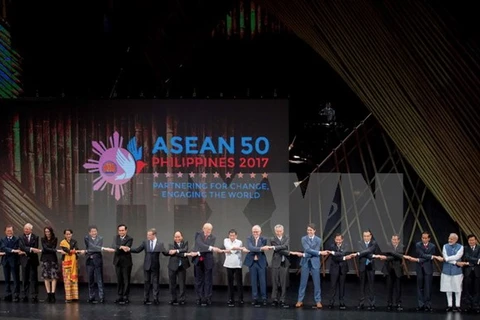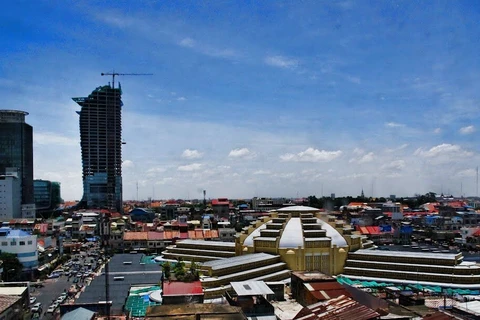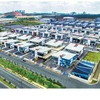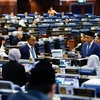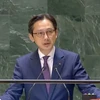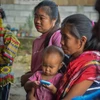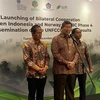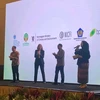 A man rides a tricycle past an advertising poster for luxury apartments in Beijing on July 19, 2016. (Source: Reuters)
A man rides a tricycle past an advertising poster for luxury apartments in Beijing on July 19, 2016. (Source: Reuters) Hanoi (VNA) - A rapidly growing gap between rich and poor in many developing East Asian nations is threatening the foundation for the region's economic success, the World Bank said in a report released on December 4.
Booming economic growth has lifted millions in the region out of extreme poverty since the 1980s, but the wave of prosperity has not guaranteed upward mobility and economic security for large swathes of the population, according to the bank.
It said rapidly ageing population, urbanisation and the disappearance of labour-intensive factory jobs threatened to push millions back below the poverty line - defined as living on between 3.1 USD and 5.5 USD a day.
The number of poor people across the region - including about a dozen countries and the Pacific Islands, but excluding developed countries such as Japan and the Republic of Korea (RoK) - has dropped significantly in recent decades.
About two-thirds of its population were either economically secure or middle class by 2015, up from 20 percent in 2002, the bank said.
But income inequality is already high or rising rapidly, with the problem most acute in Indonesia and China, according to the report.
Between 1988 and 2012, the wealthiest five percent of the region's population increased their personal consumption by almost 400 USD a year, compared with less than 30 USD for the poorest 20 percent.
The region has also seen the emergence of a new class of super-rich, with billionaire wealth now equivalent to almost nine percent of regional gross domestic product, creating an accompanying increase in the perception of wealth inequality.
Given this, WB experts stressed the need for developing nations in East Asia and the Pacific to intensify social security network and poverty reduction, strengthen their personal income tax collection, tackle corruption and improve job access.-VNA
VNA



